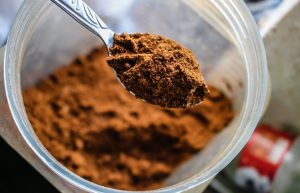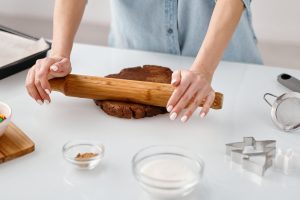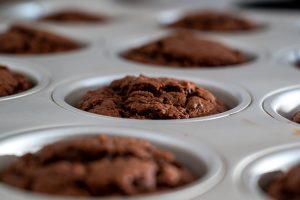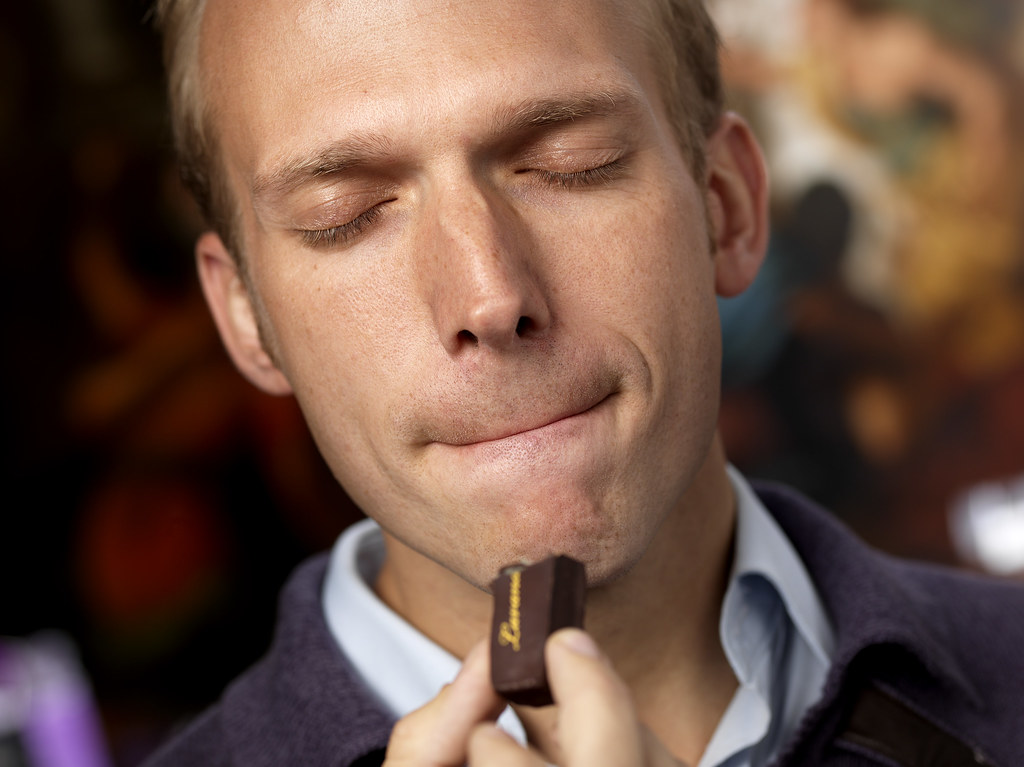Chocolate, derived from the roasted seeds of the Theobroma cacao, is more than just a sweet treat. Its complex flavor profile is a delightful journey for the palate, blending notes of bitterness, sweetness, acidity, and umami. When tasted with a discerning palate, chocolate reveals a spectrum of flavors and textures that are influenced by the cacao’s origin, the process of fermentation, roasting, and conching. In this article, we delve into the professional techniques of tasting chocolate to fully appreciate the nuances of this timeless delicacy.
Understanding the Terroir of Cacao



- Origin: The geographical origin of cacao beans profoundly molds the flavor narrative of the resulting chocolate. The terroir, a term borrowed from the wine industry, encapsulates the environmental conditions where the cacao trees flourish. Different regions around the globe, from the lush forests of South America to the vibrant landscapes of Africa, contribute to a diversified palette of flavor profiles. For instance, beans from Ecuador may exhibit a floral, spicy essence, while those from Ghana might offer a robust, earthy cocoa flavor. The unique geographical and environmental characteristics of each region impart a distinctive signature on its cacao beans, which is elegantly translated into the chocolate’s flavor.
- Soil Quality: The soil’s composition plays a pivotal role in the cultivation of cacao beans, echoing the concept of terroir once again. Rich, loamy soil endowed with essential minerals and nutrients nurtures the cacao trees, fostering healthy growth and, eventually, quality beans. The soil’s mineral content, such as magnesium, potassium, and phosphorus, translates into nuanced flavor distinctions in the cacao. For example, a mineral-rich soil might contribute to a more pronounced acidity and fruitiness in the chocolate, akin to the complex profile of a well-aged wine.
- Climate: Cacao trees thrive in tropical climates, typically within 20° north and south of the Equator. The climate dictates not only the growth but also the quality of cacao beans. A balance of warm temperatures, abundant rainfall, and high humidity creates the ideal nurturing environment for cacao trees. These climatic conditions influence the beans’ physiological development, impacting their flavor potential. Fluctuations in climate, including the onset of drought or overly humid conditions, can challenge the cacao trees, potentially altering the flavor profile of the beans. The symbiotic relationship between climate and cacao underscores the delicate nature of chocolate’s flavor evolution.
The Process from Bean to Bar
- Harvesting: The journey from bean to bar commences with the meticulous harvesting of cacao pods. Harvesters adept in their craft selectively pick ripe pods, which are then cracked open to unveil the precious cacao beans ensconced within a sweet, pulpy matrix.
- Fermentation: Post-harvest, the beans undergo fermentation, a pivotal step that is instrumental in flavor development. During this microbial dance, the sugars within the pulp are broken down, generating heat and transforming the beans’ inherent flavor compounds. The fermentation process, lasting from a few days to a week, is a delicate ballet that, when executed proficiently, lays the foundation for a rich, well-rounded flavor profile in the chocolate.
- Roasting: The art and science of roasting further sculpt the flavor of the cacao beans. Under the watchful eye of a roast master, the beans are subjected to controlled temperatures, coaxing out the intricate flavor nuances. The roasting profile, including the temperature and duration, is meticulously tailored to highlight the beans’ unique flavor attributes, thus significantly influencing the final taste of the chocolate.
- Conching: The odyssey of flavor refinement continues with conching, where the cacao mass is continuously mixed and aerated in a conche – a specialized machine designed for this purpose. This process, often extending over several hours, mellows the chocolate, refining its texture to a silky smoothness while also cultivating a harmonious flavor balance. The conching process is a testament to the meticulous craftsmanship that defines the journey from bean to bar, embodying the essence of tasting chocolate like a pro.
Engaging the Senses
- Visual Inspection: The aesthetic appeal of chocolate is the prologue to its tasting narrative. A visual examination unveils the preliminary cues about its quality and craftsmanship. High-quality chocolate should manifest a smooth, uniform appearance with a glossy sheen, indicative of proper tempering. The color should be consistent, with no white or grey streaks, which could denote fat bloom or sugar bloom. The hue itself is a hint to the cacao’s origin and processing; darker shades may suggest a higher cacao content, while a reddish tint might hint at a particular region or roasting profile.
- Touch: As you pick up a piece of chocolate, observe its texture against your skin. Quality chocolate should feel smooth and not gritty or waxy. It should start to melt slightly from the warmth of your fingers, a nod to its cocoa butter content. The tactile interaction with chocolate is an intimate prelude to the tasting journey, setting the stage for what’s to follow.
- Smell: The aroma of chocolate is a rich tapestry of scent notes, woven together by the beans’ geographical origin, the fermentation process, and the craftsmanship involved in its creation. Before tasting, take a moment to immerse in the chocolate’s aroma. Inhale deeply, identifying the bouquet of scents; you might discover hints of fruits, nuts, spices, or even floral notes. The olfactory exploration is a nuanced segue into the core of the chocolate tasting adventure.
- Taste: The act of tasting transcends a mere gustatory experience; it’s a nuanced exploration of flavor. Take a small bite, allowing the chocolate to languidly melt on your tongue. As it warms and melts, a myriad of flavors will unveil themselves. Professional tasters often employ a flavor wheel to navigate the complex flavor landscape, identifying taste notes ranging from fruity to nutty, spicy to earthy, and beyond. The taste should be balanced, with no single note overshadowing others, unless it’s a characteristic of the cacao’s terroir.
- Sound: The auditory feedback from chocolate is often an overlooked, yet vital aspect of the tasting experience. As you break a piece, listen for a clean, sharp snap – a hallmark of well-tempered chocolate. The snap reverberates with the promise of quality, echoing the meticulous tempering process that aligns the cocoa butter crystals to achieve a flawless structure.
Appreciating the Craftsmanship
- Single Origin vs Blends: The debate between single origin chocolates and blends mirrors the discourse in the coffee and wine domains. Single origin chocolates are a pure unadulterated expression of a region’s terroir, offering a unique, sometimes adventurous flavor profile. On the other hand, blends are a harmonious amalgam of beans from different regions, crafted to achieve a balanced, consistent flavor. Both have their place in the chocolate connoisseur’s repertoire, catering to different preferences and occasions.
- Percentage of Cacao: The percentage of cacao embossed on chocolate packaging is more than just a number; it’s a hint to the intensity and purity of the chocolate experience awaiting within. A higher percentage indicates a richer chocolate flavor with less sweetness, providing a near-raw encounter with the cacao’s essence. Conversely, a lower percentage denotes a sweeter, mellower chocolate, which might be more approachable for those new to the chocolate tasting realm.
- Artisanal vs Mass-Produced: The dichotomy between artisanal and mass-produced chocolate is a reflection of the age-old tussle between quality and quantity. Artisanal chocolates are crafted in small batches with a keen emphasis on preserving the authentic flavors and textures of cacao. The artisans often engage in direct trade with cacao farmers, ensuring a fair recompense and often, a higher quality of beans. Mass-produced chocolates, on the other hand, are made on a larger scale, often compromising on quality to meet price points and consistent flavor profiles. The discerning palate will find a more authentic, nuanced tasting experience in artisanal chocolates, which celebrate the cacao’s true essence with minimal interference.
Immersing oneself in the world of chocolate tasting opens up a realm of sensory experiences. Understanding the journey of cacao from tree to bar, engaging all senses in the tasting process, and appreciating the craftsmanship involved are key to tasting chocolate like a pro.

